Can you light paint, or illuminate, a foreground in our National Park system for your night photo? If so, which ones?
Light painting
Light painting is illuminating a subject at night with light. This can be disruptive to others. Or to wildlife. And it’s compounded if it is with a crowd of people, such as what was happening at Delicate Arch in Arches National Park.
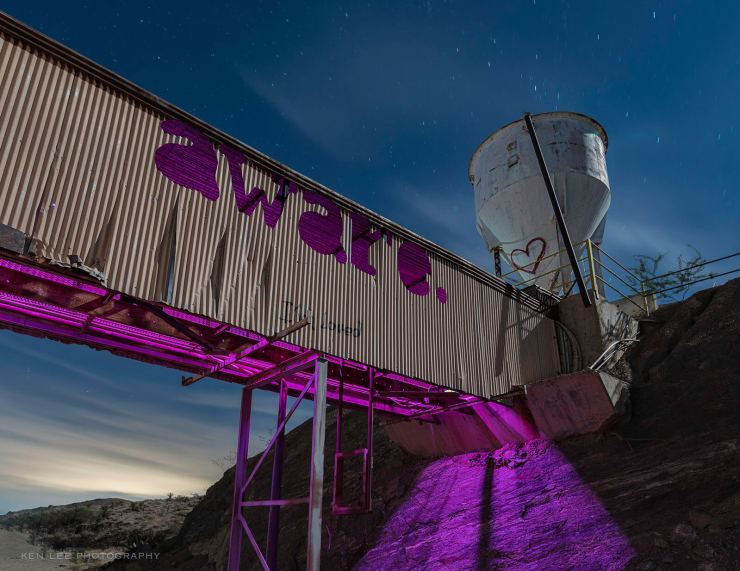
While I have joked about this while discussing photographs of people pointing their flashlights up at the Milky Way, this is actually a real issue borne out of some people’s frustration.
Where can I use artificial lighting in the National Park system?
The National Park Service manages 423 individual units. These 423 also include Monuments, Preserves, Reserves, Lakeshores, Rivers, Parkways, Historical Parks, Battlefields, Forests, and other designations. In 417 of these places, you may use artificial lighting, including light painting.
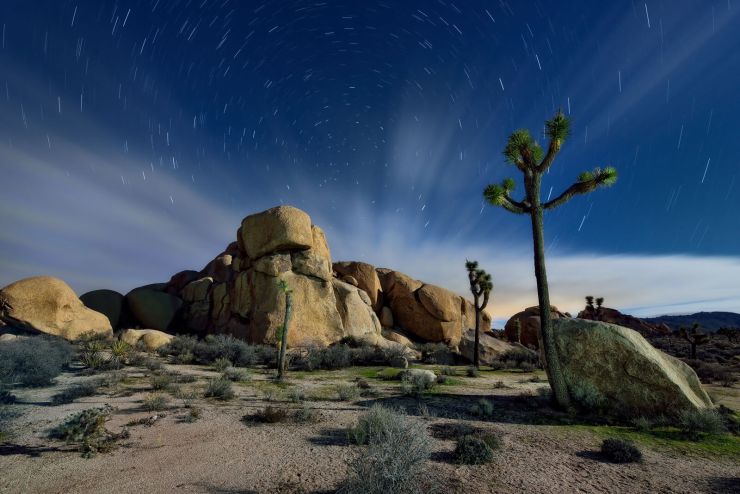
Where is artificial lighting banned?
This has changed in the past couple of years. However, to the best of my knowledge, the use of artificial light sources to illuminate landscapes, rock formations, or other park features is banned in Arches, Canyonlands, Natural Bridges National Monument, Hovenweep National Monument, Capitol Reef and Grand Teton National Parks. This of course includes “light painting”.
However, it also includes ultra-dim static lighting as well. This ultra-dim lighting is typically as bright as the stars and is virtually imperceptible to people.
Controversy
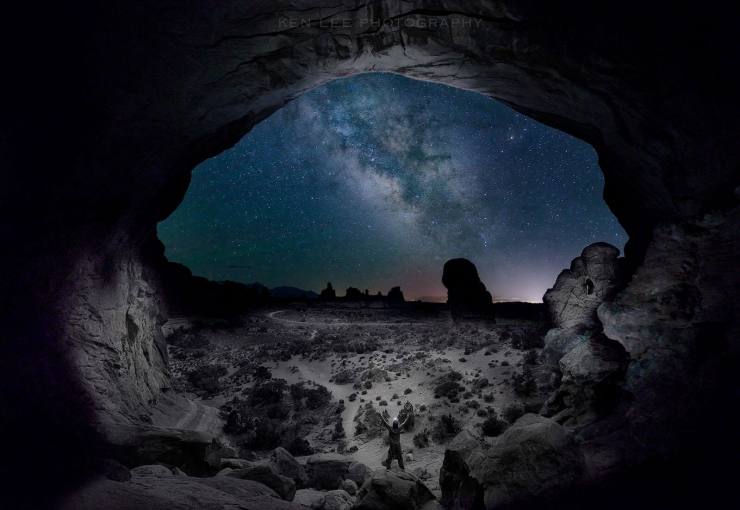
The ruling from these six units has been controversial among night photographers. Some feel that using very dim lighting from static panels does not disturb anyone, to the point where they are often not discernible except to the very sensitive sensors of a camera set to photograph long exposures at high ISOs.
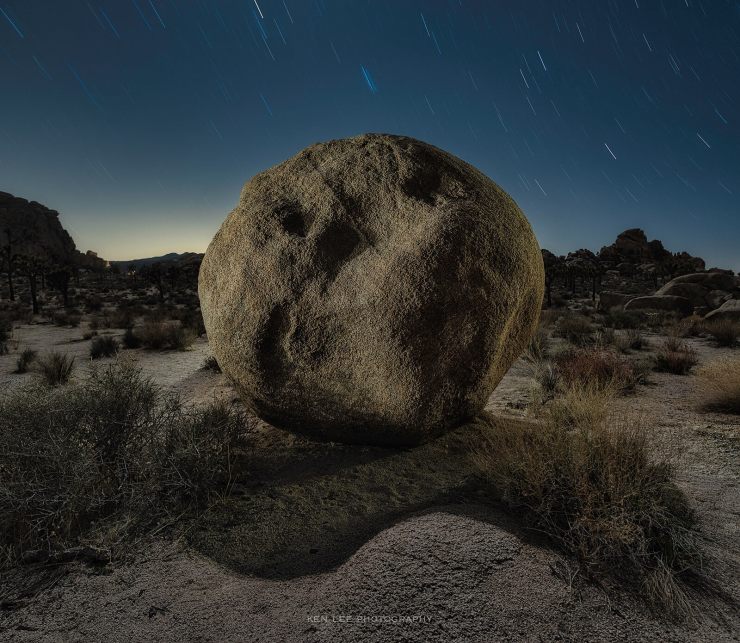
Some photographers point out that it is OK to have cars racing through the parks at night. And in the case of Grand Teton, there’s also a highway, international airport, and private properties within its boundaries, all of which create more light than photographers ever would.
There are multiple sides to this issue. And people from these various sides often make strong points.
Regardless, most night photographers acknowledge that light painting can be disruptive to wildlife and people. Consequently, we choose to respect park regulations and share the space with others.
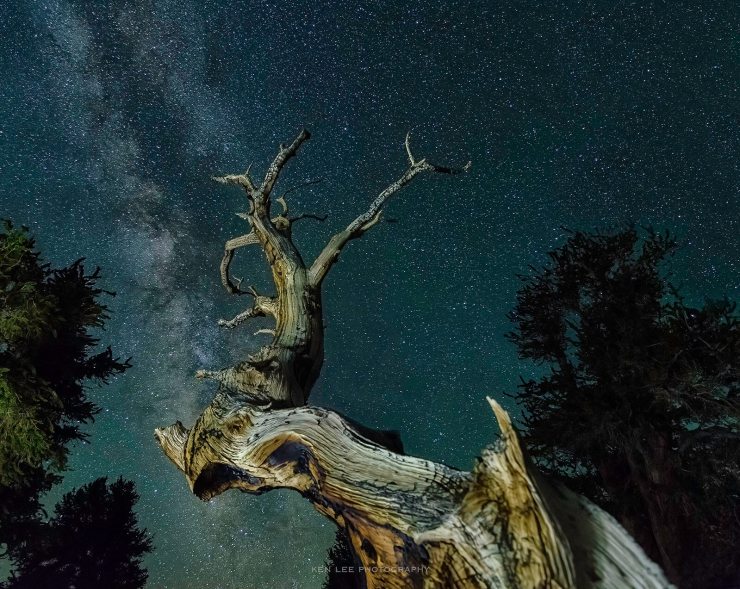
Tell your story with the second annual Visual Storytelling Conference!
Experience four days of interactive, online training sessions featuring a range of educational content with experienced photographers and content creators. This free event kicks off with a series of technical boot camps to build essential skills, followed by live, online sessions on photography, video, business and social media. Join live from March 10-13, 2022!
